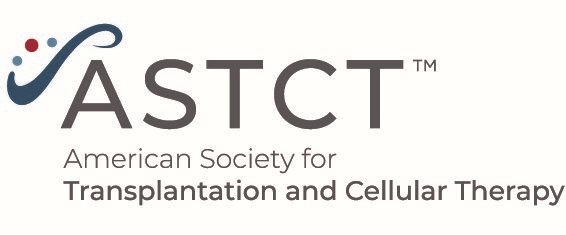
Tandem 2022 Presentation: Haploidentical versus Matched Unrelated Donor Transplants for Lymphomas Using Post-transplant Cyclophosphamide

This article was written for and by CancerNetwork partner, the American Society for Transplantation and Cellular Therapy.
During the Tandem 2022 meetings, Dr. Alberto Mussetti from IDIBELL-Institut Català d’Oncologia, l’Hospitalet de Llobregat in Barcelona, Spain, presented the results of a joint CIBMTR/EBMT study entitled Haploidentical Versus Matched Unrelated Donor Transplants for Lymphomas Using Post-transplant Cyclophosphamide. We have asked Dr. Mussetti to participate in a Q&A for ASTCT Nucleus:
What was previously known about the outcomes of haploidentical vs. match unrelated donors across different diagnoses?
Dr. Mussetti: Before this study, it was observed that using a matched unrelated donor could lead to better survival outcomes when compared to a haploidentical donor in the setting of acute myeloid leukemia and post-transplant cyclophosphamide.1 No comparisons were made in the lymphoma setting.
What was the rationale behind this study?
Dr. Mussetti: We hypothesized that when using post-transplant cyclophosphamide, the relevance of HLA compatibility (MUD versus halpoidentical donor) would have been non-significant.
Who were the patients included in this study?
Dr. Mussetti: We included into the analysis patients affected by Hodgkin and Non-Hodgkin lymphomas who received an alloHCT from a matched unrelated or a haploidentical donor from the CIBMTR and the EBMT registry. All patients received a post-transplant cyclophosphamide based GVHD prophylaxis.
What was the primary outcome of this study?
Dr. Mussetti: The primary outcome was to compare overall survival between the patients who used a matched unrelated donor versus a haploidentical one
Were there any relevant differences in the baseline population among Haplo and MUD transplant recipients and donors? How was selection bias handled in this study? Can there be unaccounted for differences in the population who receives MUD vs. Haplo that can impact outcomes?
Dr. Mussetti: The two cohorts were different in terms of patients’ characteristics (e.g. graft source, GVHD prophylaxis and donor age). To correct for these differences, a sensitivity analysis based on propensity score was also conducted. The propensity score was based on disease, disease stage, donor/recipient CMV status, HCT-CI, Karnofsky performance status, registry (EBMT vs. CIBMTR), patient age and donor age. It is important to consider such differences because the use of bone marrow could lead to less GVHD incidence and younger donor age it is also associated to better outcomes.
What were the results of the study?
Dr. Mussetti: Our study showed in a retrospective manner that using a matched unrelated donor could slightly improve outcomes in terms of overall survival and progression-free survival when compared to a haploidentical one.
What was the reason behind the differences in OS and PFS?
Dr. Mussetti: This difference in survival outcomes was explained by a decreased non-relapse mortality in the matched-unrelated donor cohort. In fact, no differences in terms of relapse incidence were reported.
How did the rates of GVHD compare?
Dr. Mussetti: The matched-unrelated donor cohort had a decreased incidence of acute GVHD grade 2-4 and 3-4. No differences were reported in terms of chronic GVHD incidence.
Moving forward, how do you see this study impacting the field?
Dr. Mussetti: This study clarifies the role of matched unrelated donors in the setting of lymphomas when using post-transplant cyclophosphamide. Whenever available in a reasonable time interval, matched unrelated donors should still be considered as the preferred donor source after matched related donors.
With this study results what is your view on the role of haploidentical donors in patients with lymphoma?
Dr. Mussetti: Haploidentical allotransplants represent a good alternative to matched related or unrelated donors when using post-transplant cyclophosphamide. However, more data (hopefully prospective) are required to demonstrate its non-inferiority or superiority compared to current suggested donors. First choice is a matched related donor, and second choice is a matched unrelated donor.
How will the results of this study impact your personal practice?
Dr. Mussetti: In my clinical practice, I will continue to search for a matched unrelated donor in case a matched related donor is not available. Of course, if a matched unrelated donor is not a viable option, also for timing reasons, I will use a haploidentical donor considering the good results obtained in this study.
References
- Gooptu M, Romee R, St Martin A, et al. HLA-haploidentical vs matched unrelated donor transplants with posttransplant cyclophosphamide-based prophylaxis. Blood. 2021;138(3):273-282. doi:10.1182/blood.2021011281
Newsletter
Stay up to date on recent advances in the multidisciplinary approach to cancer.
































































































